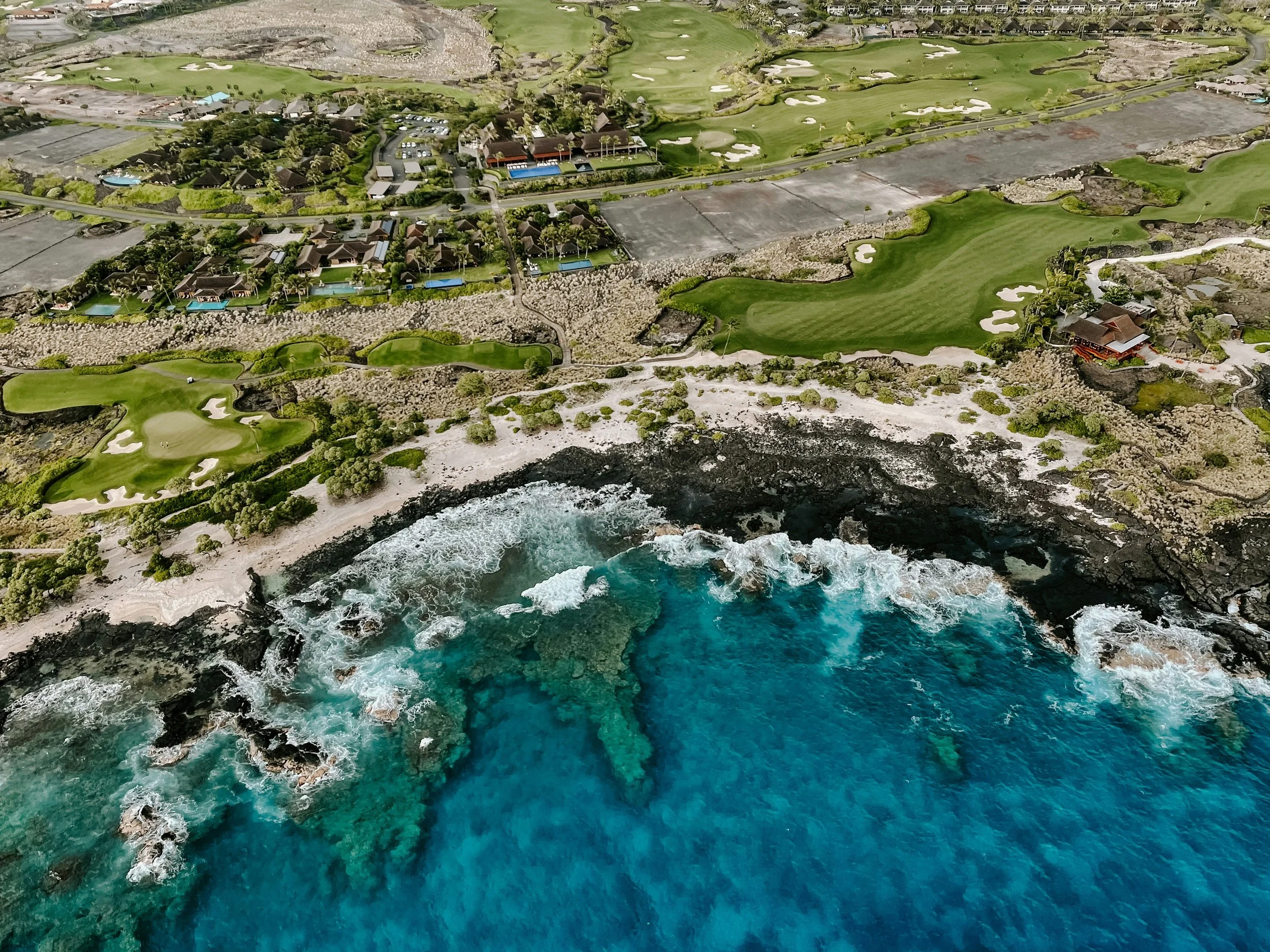What Month to Visit Kona: Finding Hawaii's Perfect Weather Window
Planning a trip to Hawaii's Big Island? Kona's year-round tropical climate makes it a tempting destination any time, but choosing the right month can transform a good vacation into an unforgettable one. From whale watching opportunities to festival seasons, each month offers distinct advantages—and a few potential drawbacks.
The best time to visit Kona largely depends on your priorities. Budget-conscious travelers will find excellent deals during shoulder seasons, while those seeking optimal weather should target the dry months. Adventure seekers might time their visit around specific activities like manta ray diving or coffee harvest tours.
Understanding Kona's Two-Season Climate
Kona operates on a simple weather pattern: dry season (kau) from May through October, and wet season (hooilo) from November through April. However, these terms can be misleading for visitors expecting dramatic seasonal shifts.
The dry season brings average temperatures ranging from 75-85°F with minimal rainfall, typically less than 2 inches per month. Trade winds provide natural air conditioning, making even the warmest days comfortable.
During the wet season, temperatures drop only slightly to 70-80°F, but rainfall increases significantly. Most precipitation occurs as brief afternoon or evening showers rather than all-day downpours, leaving mornings and early afternoons perfect for activities.
Peak Season: December Through April
Winter months transform Kona into a bustling destination as mainland visitors escape cold weather. December through April sees the highest hotel rates and largest crowds, but also offers unique experiences unavailable during other times.
December and January bring holiday festivities and perfect conditions for whale watching. Humpback whales migrate to Hawaiian waters during these months, creating spectacular viewing opportunities from shore or boat tours. Temperatures hover around 75-80°F, making outdoor activities comfortable throughout the day.
February and March continue the whale watching season while offering slightly fewer crowds than peak holiday periods. Ocean conditions remain calm, ideal for snorkeling and diving. Rain showers become more frequent but rarely interfere with planned activities.
April marks the transition toward dry season, with decreasing rainfall and warming temperatures. This month offers an excellent compromise between favorable weather and more reasonable accommodation prices.
Shoulder Seasons: The Sweet Spot
May and November represent Kona's shoulder seasons, offering the best balance of weather, crowds, and pricing. These months provide significant advantages for savvy travelers.
May kicks off the dry season with minimal rainfall and comfortable temperatures. Tourist crowds thin out as families with school-age children postpone travel until summer break. Hotel rates drop noticeably from peak season pricing.
November offers similar benefits as the wet season begins gradually. Early November particularly shines with warm, dry conditions and reduced visitor numbers. Thanksgiving week sees temporary increases in both crowds and prices.
Summer Months: Hot and Dry
June through August brings Kona's warmest and driest weather, with temperatures regularly reaching the mid-80s and rainfall averaging less than an inch per month.
June provides excellent conditions for outdoor activities with long daylight hours and calm ocean conditions. Summer break brings more families, but crowds remain manageable compared to winter months.
July and August see peak temperatures and minimal rainfall, creating ideal conditions for beach activities and hiking. However, these months also bring the highest UV exposure, requiring extra sun protection measures.
Fall Transition: September and October
These months offer some of Kona's most appealing conditions for visitors seeking warm, dry weather without peak season crowds or prices.
September extends summer's dry conditions while temperatures begin moderating slightly. Hurricane season technically runs through November, but direct impacts on the Big Island remain rare.
October continues the favorable weather trend with warm days and cool evenings. This month provides excellent value with shoulder season pricing and optimal conditions for most activities.
Special Considerations for Activity-Based Travel
Coffee enthusiasts should visit during harvest season from August through January, when farm tours offer hands-on picking experiences and processing demonstrations.
Diving and snorkeling conditions remain excellent year-round, but visibility tends to be highest during summer months when rainfall is minimal.
Hiking can be enjoyed throughout the year, though summer's longer daylight hours allow for more ambitious adventures. Wet season hiking requires extra preparation for muddy conditions.
Cultural events are distributed throughout the year, with the Ironman World Championship in October and various cultural festivals during summer months.
Making Your Decision
The "best" month for your Kona vacation depends on weighing several factors against your personal priorities.
Choose December through February if whale watching tops your must-do list and you don't mind peak season crowds and pricing.
Select May or October for the optimal combination of weather, reasonable crowds, and moderate pricing.
Consider June through September if you prioritize the driest conditions and don't mind warmer temperatures.
Pick March, April, or November if you want good weather with fewer crowds but can tolerate occasional rain showers.
Planning Your Perfect Kona Getaway
Regardless of when you visit, Kona's consistently pleasant climate ensures an enjoyable vacation. The key lies in setting appropriate expectations and planning activities that align with seasonal conditions.
Book accommodations well in advance for peak season travel, and consider travel insurance if visiting during hurricane season. Pack layers for varying microclimates as you explore different elevations across the Big Island.
Most importantly, remain flexible with daily plans. Kona's weather can change quickly, but brief rain showers often lead to stunning rainbows and refreshed landscapes that enhance rather than detract from your Hawaiian experience.

